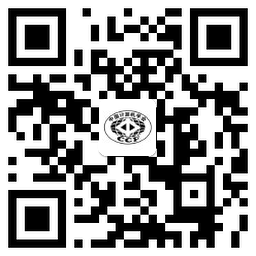Modeling the Correlations of Relations for Knowledge Graph Embedding
https://www.ccf.org.cn/upload/resources/image/2022/04/14/188955.png
Knowledge graph embedding, which maps the entities and relations into low-dimensional vector spaces, has demonstrated its effectiveness in many tasks such as link prediction and relation extraction. Typical methods include TransE, TransH, and TransR. All these methods map different relations into the vector space separately and the intrinsic correlations of these relations are ignored. It is obvious that there exist some correlations among relations because different relations may connect to a common entity. For example, the triples (Steve Jobs, PlaceOfBrith, California) and (Apple Inc., Location, California) share the same entity California as their tail entity. We analyze the embedded relation matrices learned by TransE/TransH/TransR, and find that the correlations of relations do exist and they are showed as low-rank structure over the embedded relation matrix. It is natural to ask whether we can leverage these correlations to learn better embeddings for the entities and relations in a knowledge graph. In this paper, we propose to learn the embedded relation matrix by decomposing it as a product of two low-dimensional matrices, for characterizing the low-rank structure. The proposed method, called TransCoRe (Translation-Based Method via Modeling the Correlations of Relations), learns the embeddings of entities and relations with translation-based framework. Experimental results based on the benchmark datasets of WordNet and Freebase demonstrate that our method outperforms the typical baselines on link prediction and triple classification tasks.
<<< 上一篇
知识图谱构建和行业应用实践
<<< 下一篇 规则引导的知识图谱联合嵌入方法
读完这篇文章后,您心情如何?
 返回首页
返回首页





所有评论仅代表网友意见